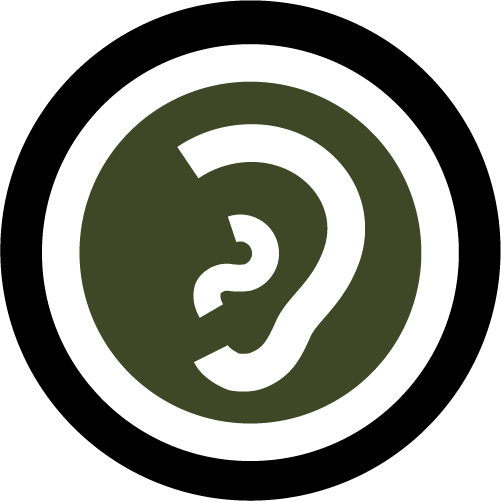The herring gull
Full craw
The herring gull has hatched its young. Hungrily, they wait for their food– fish, mussels and tiny animals. The parents hunt for food and keep it in their craws for transport back to the nest.
On the spot
When the foraging gull lands, it bends over one of the nestlings. The chick then pecks at the red spot on the parent's beak. This causes the gull to regurgitate the contents of its craw and feed it to the chick.
Inborn behaviour
The chick's behaviour is inborn, and it pecks just as eagerly at anything that resembles the parent's head and beak. Even a stick with a red spot painted on it is enough to trigger the pecking behaviour.
Are you a herring gull?
Other behaviour patterns are learnt, for example recognizing individuals of one's own species. When the chick grows up and begins to mate, it is important to choose a partner of the same species. How does a herring gull recognize another herring gull?

